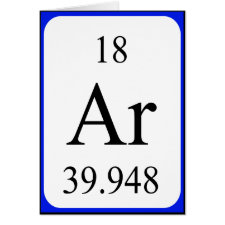
Authors: Carneiro MCCG, Sousa-Castillo A, Correa-Duarte MA, Sales MGF
Article Title: Dual biorecognition by combining molecularly-imprinted polymer and antibody in SERS detection. Application to carcinoembryonic antigen.
Publication date: 2019
Journal: Biosensors and Bioelectronics
Volume: 146
Article Number: 111761.
DOI: 10.1016/j.bios.2019.111761
Alternative URL: https://www.sciencedirect.com/science/article/pii/S0956566319308401
Abstract: This work reports the innovative combination of a molecularly-imprinted polymer (MIP) and a natural antibody for the accurate surface-enhanced Raman spectroscopy (SERS) detection of carcinoembryonic antigen (CEA). The MIP material acted as a pre-concentration scheme for the target protein, while the natural antibody was responsible to signal the presence of CEA on the MIP platform. Gold-based screen-printed electrodes were used as substrate and gallic acid (GA) was used herein for the first time in the assembly of a MIP film, by electropolymerization, in the presence of CEA. This layer was further covered by a second ultra-thin film of electropolymerized benzoic acid (BA), to avoid non-specific binding. The rebinding features of the MIP film were evaluated by electrochemical impedance spectroscopy (EIS) and a linear response was observed from 1 to 1000 ng/mL. For a sensitive SERS detection, the MIP film was first incubated in sample containing CEA and next incubated in SERS tag. For the SERS tag, gold nanostars (AuNSs) were employed as metal support, coupled to 4-aminothiophenol (4-ATP) as Raman reporter and to a natural antibody for CEA as recognition element. The overall system showed a sensitive response down to 1.0 ng/mL, which was different from the blank signal. Overall, the innovative approach presented herein combines the advantages of using two different targeting elements for CEA. The costs and time of MIP production were substantially low due to selection of electropolymerization approach and the proposal described herein may be extended to other target molecules
Template and target information: carcinoembryonic antigen, CEA
Author keywords: biosensor, Surface-enhanced Raman spectroscopy, molecularly-imprinted polymer, carcinoembryonic antigen, CEA-Antibody, gold nanostars



Join the Society for Molecular Imprinting

New items RSS feed
Sign-up for e-mail updates:
Choose between receiving an occasional newsletter or more frequent e-mail alerts.
Click here to go to the sign-up page.
Is your name elemental or peptidic? Enter your name and find out by clicking either of the buttons below!
Other products you may like:
 MIPdatabase
MIPdatabase









